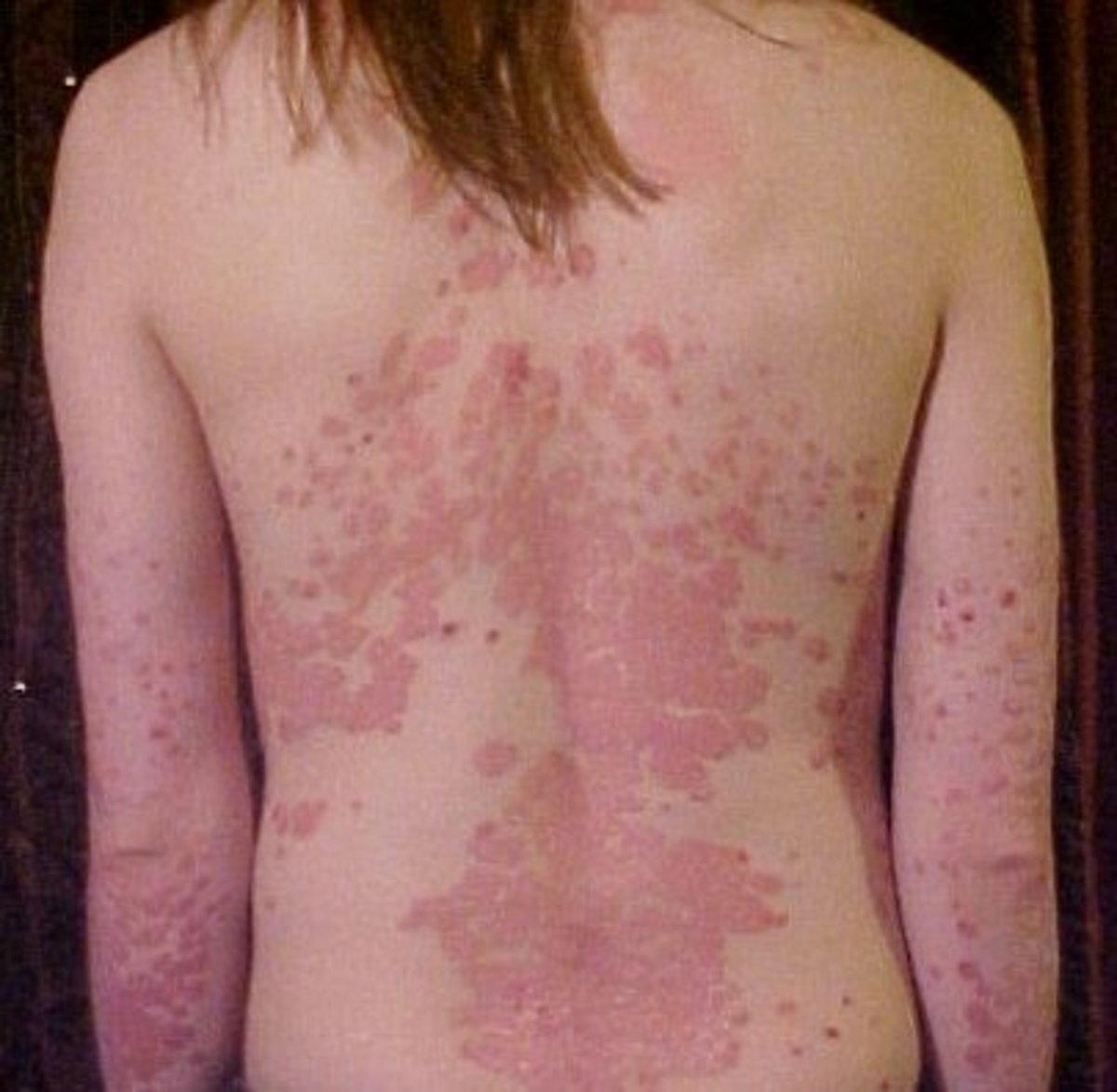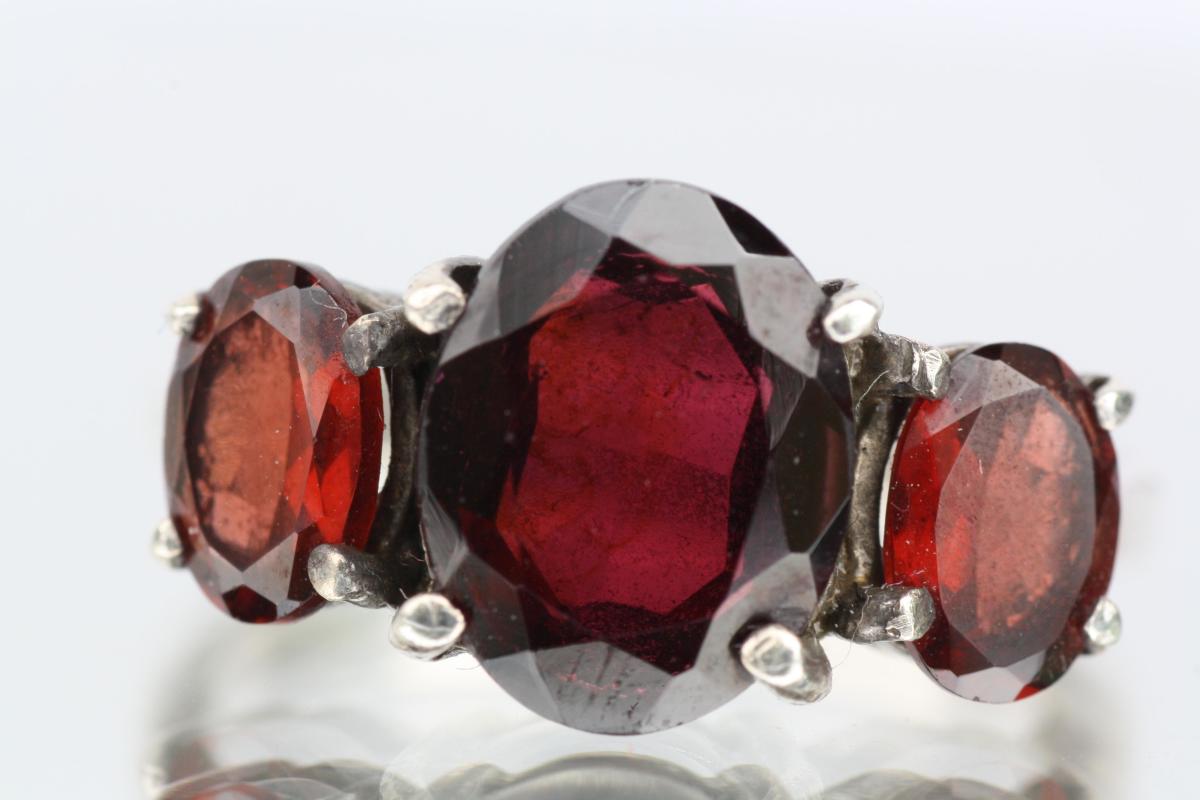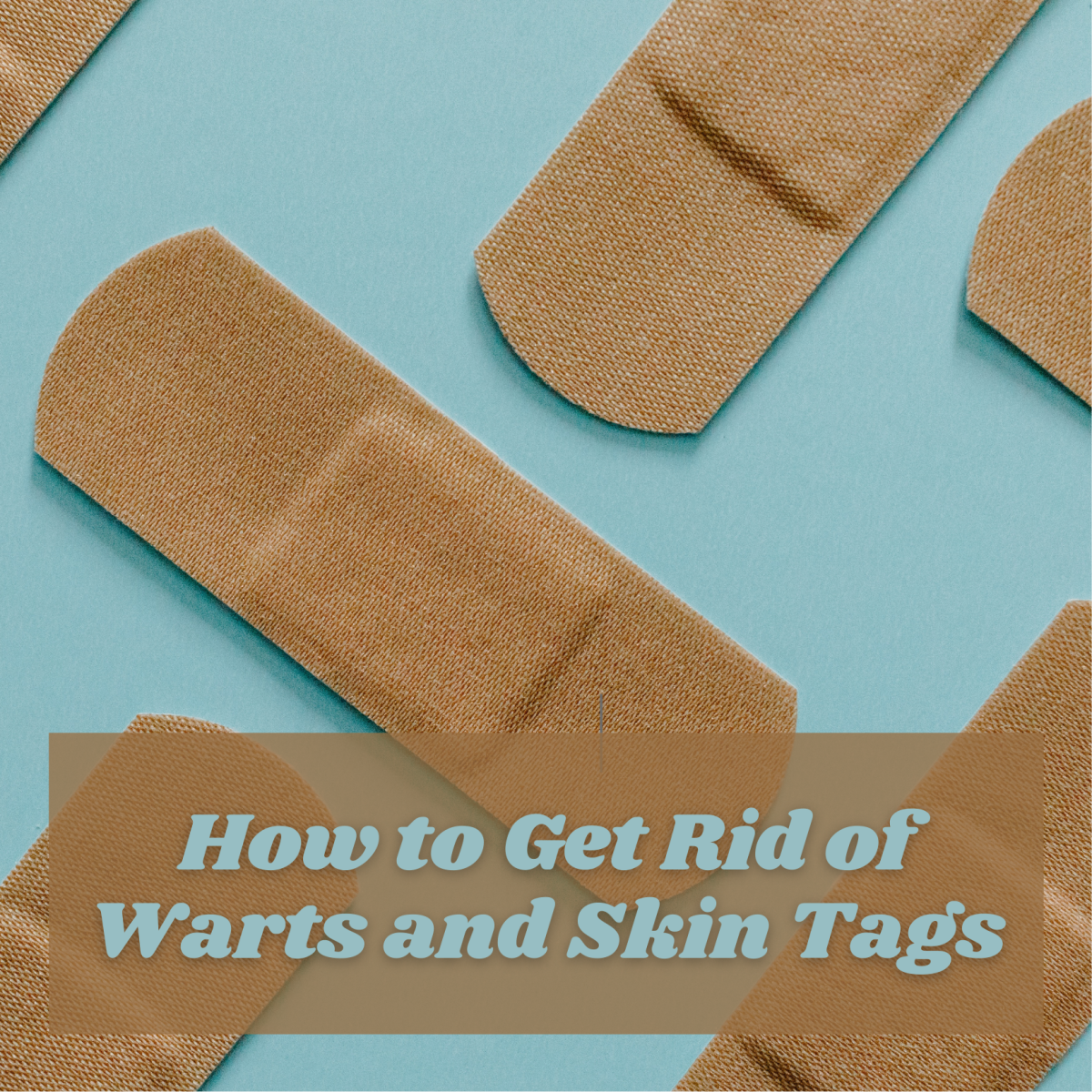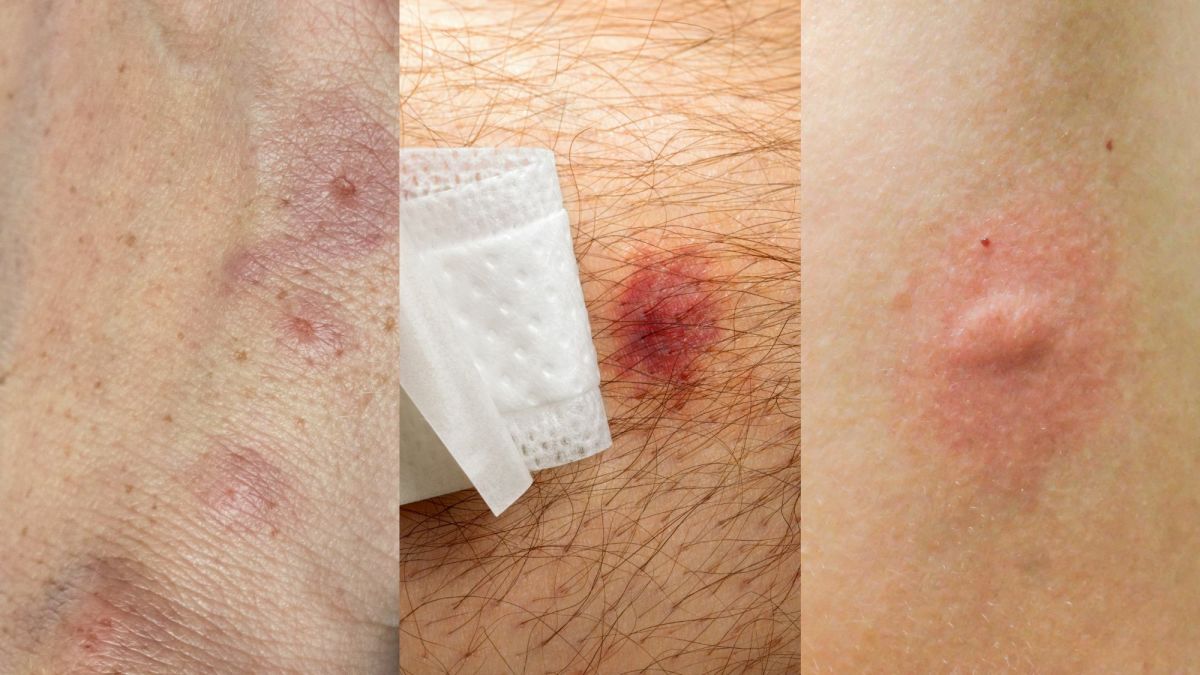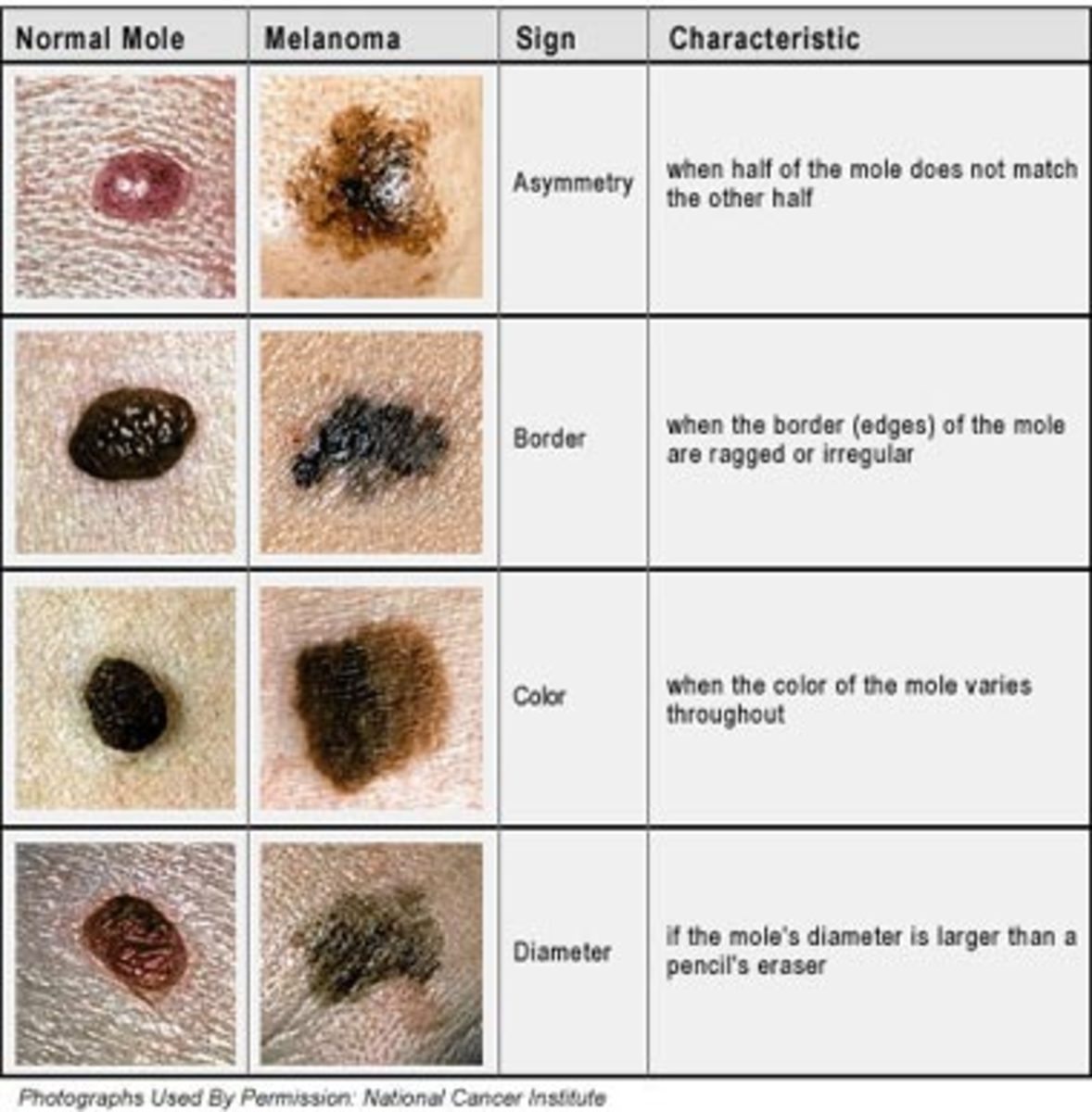Anthrax and Other Serious Skin Disorders in Haiti
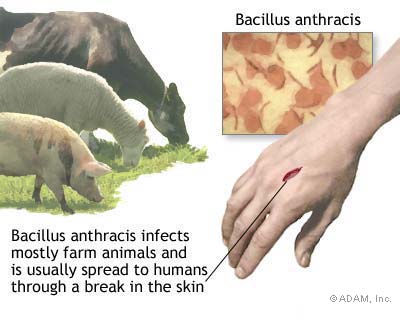
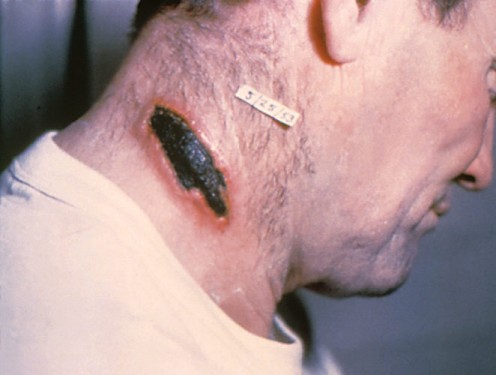
Cutaneous or Anthrax on the skin
I have seen cutaneous anthrax in Haiti.
The fact that there are so many wonderful but inexperienced people helping out in various ways due to the earthquake in Port au Prince means that there are a lot of potential victims walking around and susceptible to this disease.
Most of the cases I have seen have been around the ankle or on lower extremities, but it can be anywhere on your body where there is an open wound that the anthrax spores can come in contact with.
I usually wear leather sandals when I am in Haiti because of the heat. I wear sandals because leather shoes will mold rather quickly because of the constant heat and humidity. My sandals have served me well, but they put me at risk for anthrax. So far the same pair has survived three trips.
Anyone who goes to Haiti is supposed to be vaccinated against Anthrax, but contacting cutaneous anthrax is always a possibility, especially when you find yourself walking through fields full of cow pies and pig and goat dung and the like, going barefoot or wearing sandals. It’s obvious that you try to step around all of the things that you know you shouldn’t be stepping in.
The problem is the spores that are floating around that you can’t see. The anthrax spores find their way into a human or animal body through breaks in the skin.
I received a wound on my abdomen when I jumped out of our truck to help our interpreters when we were stuck axle-deep in the mud on a mud-rutted road. When I jumped back in the truck I noticed some blood on my shirt just above my navel. At first I thought it might have been a spider bite or the like. The wound festered immediately. The typical black scab started to appear in the center. Fearing anthrax, I started a ten-day course of the strong antibiotic ciprofloxin – brand name is Cipro.
This may or may not have been anthrax. The wound healed within a week or so. The point is that I, as a healthcare professional, was aware of the danger and did something about it right away. Others with less specific knowledge and experience may not be so lucky.
If you are in Haiti or anywhere else where there are livestock-type animals wandering around, be careful. Don’t ignore any sores of any kind. If you get any sores be sure to get them looked at by a knowledgeable doctor, just to be sure. As the old saying goes, “Better safe than sorry.”
.........................
Related article: Medical Mission to Northern Haiti

